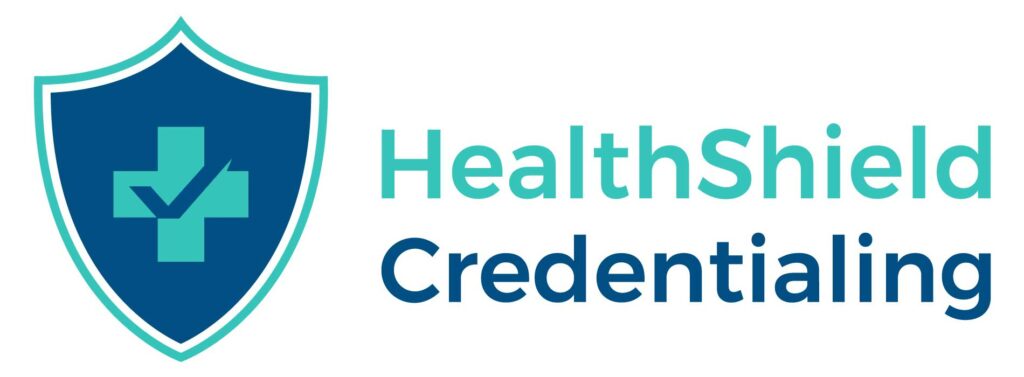One of the main reasons healthcare providers transition into locums work is to experience flexibility and reduce job-related stress.
The approach, however, can be challenging. Locum tenens assignments can require traveling and an absence from regular routines. Therefore, it’s important to adopt some healthy habits to maintain physical health.
The key is to go into it with a plan. Let’s look at five easy ways you can use to maintain your physical health during locum tenens assignments.
Find a routine – and keep it
Routines are essential for building a healthy lifestyle, especially when working towards developing good habits. Studies have shown that creating routines helps reduce the number of decisions that need to be made each day, which can result in positive health benefits. But often locum tenens’ regular habits are disrupted initially while on assignment, which makes it harder to manage physical health and stress levels.
While having a routine is crucial, allow yourself some flexibility and not berate yourself if you have problems keeping to the routine. Having a sense of regularity and focus can help you get through difficult times; but, if your plans occasionally change, try not to worry about it too much.
Take the stairs
Utilizing the stairs is an excellent way to increase your daily step count and level of physical activity. When it’s feasible, use the stairs instead of taking the escalator or elevator. Adding even small amounts of extra activity to your day such as taking the stairs can add up and impact metabolic rate substantially.
Get adequate sleep
According to the National Sleep Foundation, establishing regular sleep and wake times can help your body’s internal clock function properly and enhance the quality of your sleep. Your body can also unwind at the end of the day by adding relaxing activities such as reading a book or listening to music.
Stay active
Taking time out of your day to exercise is crucial to not only your physical health but also your mental health. Finding ways to get your body moving will help lower your stress levels. Hopefully, as a locum tenens, your work schedule is more flexible and you are able to squeeze in exercise throughout the day like walking, riding a bike, or maybe even hitting the local gym.
Pack your lunch
Instead of leaving it up to chance on the facilities menu, opt for packing healthy options with protein, fruits, and vegetables to ensure that you get needed nutrients. Packing your lunch also means less temptation to stop at the vending machine or grab unhealthy food in the cafeteria.
Main take away
These are just a few things you can do to stay healthy on your locums tenen assignment. Of course, everyone is different so at the end of the day do what’s best for you. Definitely listen to your body and adjust your self-care accordingly. This is the key to maintaining your physical well-being on your locum’s assignment.
About Us
We at HealthShield Credentialing understand the hassle, inefficiencies, and frustration with credentialing. We help you create one shareable database to keep your credentialing documents secure, ready to share, and available at a moment’s notice. Therefore, no more searching for credentialing information or having to wait until you are home to share your data.







It’s wonderful to discover new perspectives on this subject.
Even though I have no idea how I got here, I thought this post was excellent.
I appreciate your taking the initiative to begin this.
Looking forward to your next post. Keep up the good work!
Keep up the fantastic work!
I am truly thankful to the owner of this web site who has shared this fantastic piece of writing at at this place.